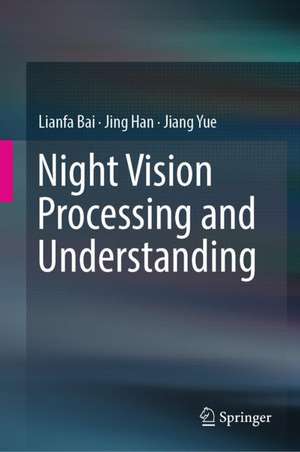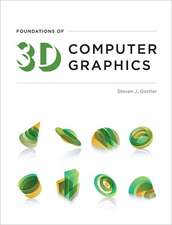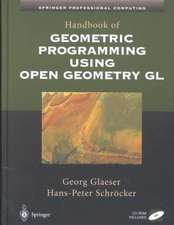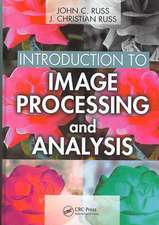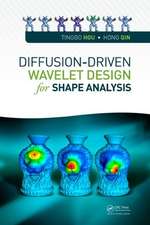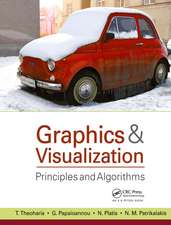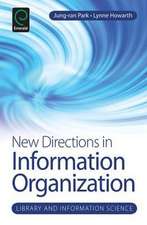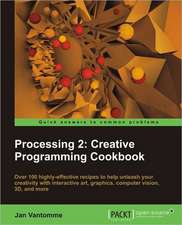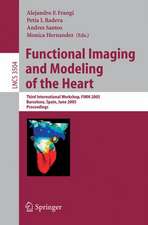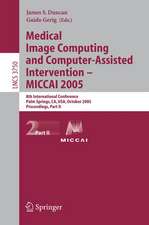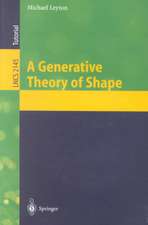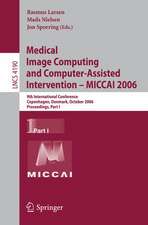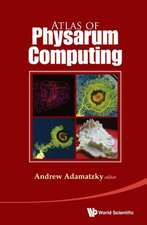Night Vision Processing and Understanding
Autor Lianfa Bai, Jing Han, Jiang Yueen Limba Engleză Hardback – 24 ian 2019
This book systematically analyses the latest insights into night vision imaging processing and perceptual understanding as well as related theories and methods. The algorithm model and hardware system provided can be used as the reference basis for the general design, algorithm design and hardware design of photoelectric systems. Focusing on the differences in the imaging environment, target characteristics, and imaging methods, this book discusses multi-spectral and video data, and investigates a variety of information mining and perceptual understanding algorithms. It also assesses different processing methods for multiple types of scenes and targets.
Taking into account the needs of scientists and technicians engaged in night vision optoelectronic imaging detection research, the book incorporates the latest international technical methods. The content fully reflects the technical significance and dynamics of the new field of night vision. The eight chapters cover topics including multispectral imaging, Hadamard transform spectrometry; dimensionality reduction, data mining, data analysis, feature classification, feature learning; computer vision, image understanding, target recognition, object detection and colorization algorithms, which reflect the main areas of research in artificial intelligence in night vision.
The book enables readers to grasp the novelty and practicality of the field and to develop their ability to connect theory with real-world applications. It also provides the necessary foundation to allow them to conduct research in the field and adapt to new technological developments in the future.
Preț: 935.84 lei
Preț vechi: 1169.81 lei
-20% Nou
Puncte Express: 1404
Preț estimativ în valută:
179.06€ • 186.98$ • 147.87£
179.06€ • 186.98$ • 147.87£
Carte tipărită la comandă
Livrare economică 15-29 aprilie
Preluare comenzi: 021 569.72.76
Specificații
ISBN-13: 9789811316685
ISBN-10: 9811316686
Pagini: 179
Ilustrații: XVI, 266 p. 177 illus., 123 illus. in color.
Dimensiuni: 155 x 235 x 18 mm
Greutate: 0.58 kg
Ediția:1st ed. 2019
Editura: Springer Nature Singapore
Colecția Springer
Locul publicării:Singapore, Singapore
ISBN-10: 9811316686
Pagini: 179
Ilustrații: XVI, 266 p. 177 illus., 123 illus. in color.
Dimensiuni: 155 x 235 x 18 mm
Greutate: 0.58 kg
Ediția:1st ed. 2019
Editura: Springer Nature Singapore
Colecția Springer
Locul publicării:Singapore, Singapore
Cuprins
Introduction.- High Snr Hyperspectral Night Vision Image Acquisition with Multiplexing.- Multi-Visual Task Based on Night Vision Data Structure and Feature Analysis.- Feature Classification Based on Manifold Dimension Reduction for Night Vision Images.- Night Vision Data Classification Based on Sparse Representation and Random Subspace.- Learning Based Night Vision Image Recognition and Object Detection.- Non-Learning Based Motion Cognitive Detection and Self-Adaptable Tracking for Night Vision Videos.- The Colorization of Low Light Level Image Based on the Rule Mining.
Notă biografică
Lianfa Bai: His interests include photoelectron imaging, multispectral imaging, image processing and computer vision, and intelligent applications of spectral imaging. He has also pursued unique research on low level light visible infrared (near-infrared, medium-wave infrared, long-wave infrared) imaging and understanding. He has published more than 130 relevant papers, including in Optics Letters, IEEE Transactions, and PLOS ONE.
Jing Han: Her research is mainly based on system imaging characteristics, studying spectral data mining, visual modelling and optimization, and non-training/small sample training classification to improve the computational efficiency and robustness of multidimensional images, and to promote the practicality of multi-source multispectral imaging systems.
Jiang Yue: He is currently working on new technologies to boost the SNR of high-dimension data, including acquisition methods, and data denoising algorithms. In particularhe is dealing with two problems: developing high SNR coding snapshot measurements and finding reversible denoising transformations. He and his co-operators have published more than 15 relevant papers, including in Optics Letters, IEEE Transactions on Image Processing, and Applied Physics B.
Jing Han: Her research is mainly based on system imaging characteristics, studying spectral data mining, visual modelling and optimization, and non-training/small sample training classification to improve the computational efficiency and robustness of multidimensional images, and to promote the practicality of multi-source multispectral imaging systems.
Jiang Yue: He is currently working on new technologies to boost the SNR of high-dimension data, including acquisition methods, and data denoising algorithms. In particularhe is dealing with two problems: developing high SNR coding snapshot measurements and finding reversible denoising transformations. He and his co-operators have published more than 15 relevant papers, including in Optics Letters, IEEE Transactions on Image Processing, and Applied Physics B.
Textul de pe ultima copertă
This book systematically analyses the latest insights into night vision imaging processing and perceptual understanding as well as related theories and methods. The algorithm model and hardware system provided can be used as the reference basis for the general design, algorithm design and hardware design of photoelectric systems. Focusing on the differences in the imaging environment, target characteristics, and imaging methods, this book discusses multi-spectral and video data, and investigates a variety of information mining and perceptual understanding algorithms. It also assesses different processing methods for multiple types of scenes and targets.
Taking into account the needs of scientists and technicians engaged in night vision optoelectronic imaging detection research, the book incorporates the latest international technical methods. The content fully reflects the technical significance and dynamics of the new field of night vision. The eight chapters cover topics including multispectral imaging, Hadamard transform spectrometry; dimensionality reduction, data mining, data analysis, feature classification, feature learning; computer vision, image understanding, target recognition, object detection and colorization algorithms, which reflect the main areas of research in artificial intelligence in night vision.
The book enables readers to grasp the novelty and practicality of the field and to develop their ability to connect theory with real-world applications. It also provides the necessary foundation to allow them to conduct research in the field and adapt to new technological developments in the future.
Taking into account the needs of scientists and technicians engaged in night vision optoelectronic imaging detection research, the book incorporates the latest international technical methods. The content fully reflects the technical significance and dynamics of the new field of night vision. The eight chapters cover topics including multispectral imaging, Hadamard transform spectrometry; dimensionality reduction, data mining, data analysis, feature classification, feature learning; computer vision, image understanding, target recognition, object detection and colorization algorithms, which reflect the main areas of research in artificial intelligence in night vision.
The book enables readers to grasp the novelty and practicality of the field and to develop their ability to connect theory with real-world applications. It also provides the necessary foundation to allow them to conduct research in the field and adapt to new technological developments in the future.
Caracteristici
Illustrates the potential of this powerful hyperspectral imaging and high-dimensional night vision data processing Helps readers learn how to use spectral information in the visible and infrared waveband to solve challenging problems in real-life applications and discover how general image processing is connected to night vision imaging Provides a comprehensive discussion of data mining and feature learning in state-of-the-art night vision imaging theory and methods Describes the development of the international status and the latest results in the field, and offers an overview of research in multi-source night vision image processing Explores the latest research achievements, sheds light on new research directions, and stimulates readers to make the next creative breakthroughs Presents the intrinsic ideas behind spectral feature selection and understanding, and demonstrates how to derive theoretical foundations, find connections to other popular algorithms, and construct practical systems
